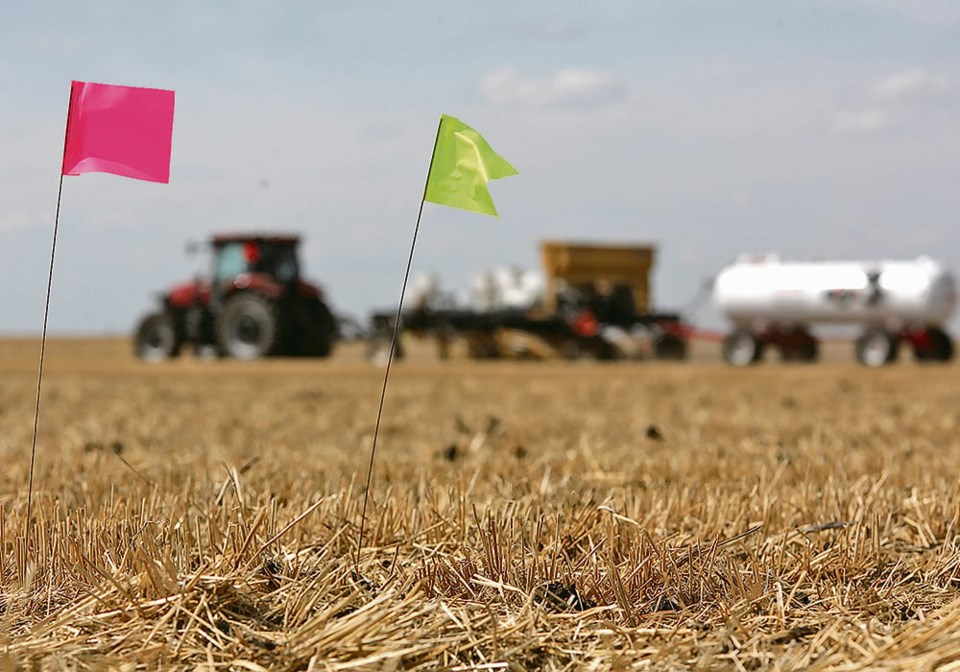I started my career in Manitoba’s agriculture industry with the provincial government in February 2001. There, I was introduced to the five-year funding structure used by Canada’s federal, provincial and territorial governments to support the Canadian agriculture industry.
Early in my career it was called the Agricultural Policy Framework. This was followed by Growing Forward, Growing Forward II, the Canadian Agricultural Partnership and now the Sustainable Canadian Agricultural Partnership (SCAP), which began earlier this year.
The makeup of these five-year agreements has changed significantly since the early 2000s, particularly through the lens of research and the agri-science program.
I have witnessed a transition from industry-led objectives to increased government influence in the direction of funding. There have been increasing costs prescribed by government as part of the funding application, as well as application review delays that extend well past the anticipated start dates for new projects, which creates uncertainty and risk for funders and researchers.
There have also been rejections of research activities, even after work plan approvals and stringent scientific reviews have been completed prior to submitting applications.
Changes in the government-industry funding split have been equally troubling, going from a 70:30 ratio (government to industry) to 60:40 or even 50:50, depending on the research activity.
As the leader of an organization committed to funding variety development, I was shocked by the federal government’s decision in SCAP to limit activities related to breeding and variety development. This is particularly shortsighted when you consider that breeding can help the government meet its environmental sustainability targets.
As they are now constructed, these five-year funding programs are not as attractive as they once were. When funding for our farmer-driven research priorities is inextricably connected to the policy agenda of the government of the day, and comes with so many strings attached, we need to re-evaluate these investments, both in terms of dollars and organizational capacity.
The contributions that both levels of government are making to agriculture research are valued, and we understand the application process is a competitive one. However, now is the time to start thinking about what the next five-year partnership will look like when it begins in 2028.
We need governments to collaborate with commodity organizations to advance the agriculture industry and ensure Canadian farmers remain competitive on the world stage.
We need the federal government to recognize that a one-size-fits-all approach does not work because our industry is diverse. What works in Western Canada might not work in Eastern Canada, and what works for canola might not work for wheat.
Governments must engage with farmers to find out what their operations need to be successful. When farms are successful, everyone along the value chain benefits. Farmers are willing to share their knowledge and experiences, but governments must be willing to listen and learn. Only then can they build and implement a program that delivers.
By working together, farmers and governments can ensure the next funding partnership moves Canadian agriculture forward.
Pam de Rocquigny is CEO of Manitoba Crop Alliance.
Bookmark SASKTODAY.ca, Saskatchewan's home page, at this link.




